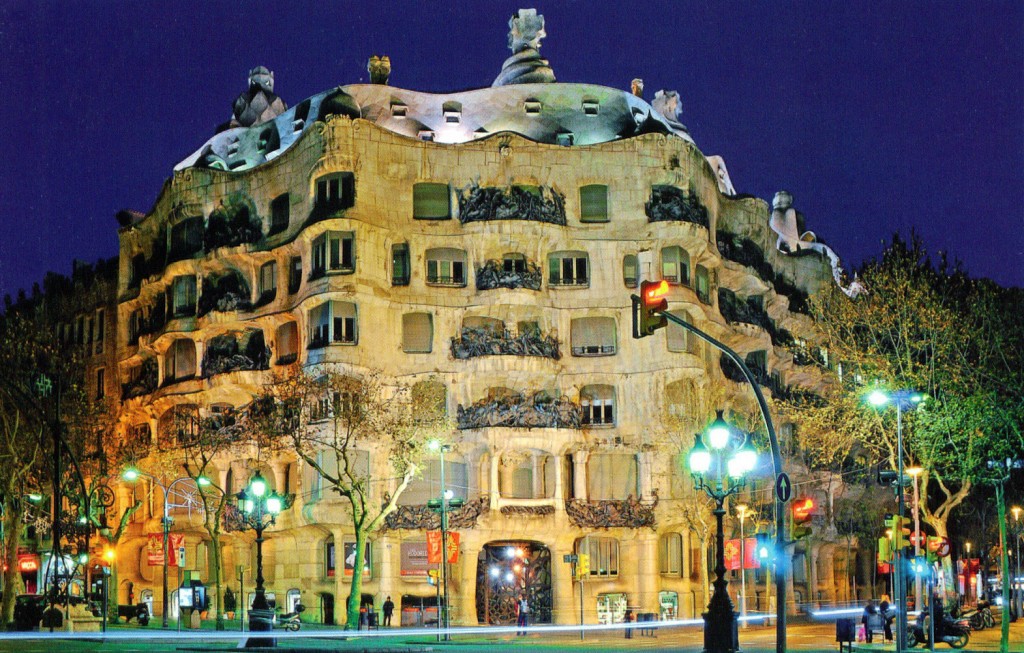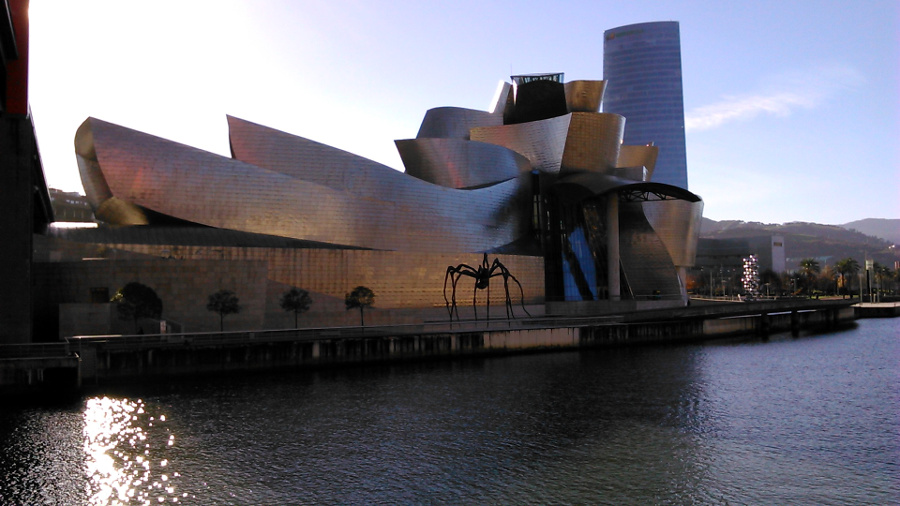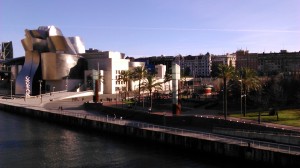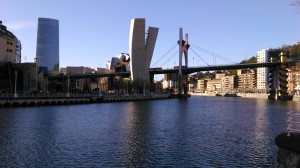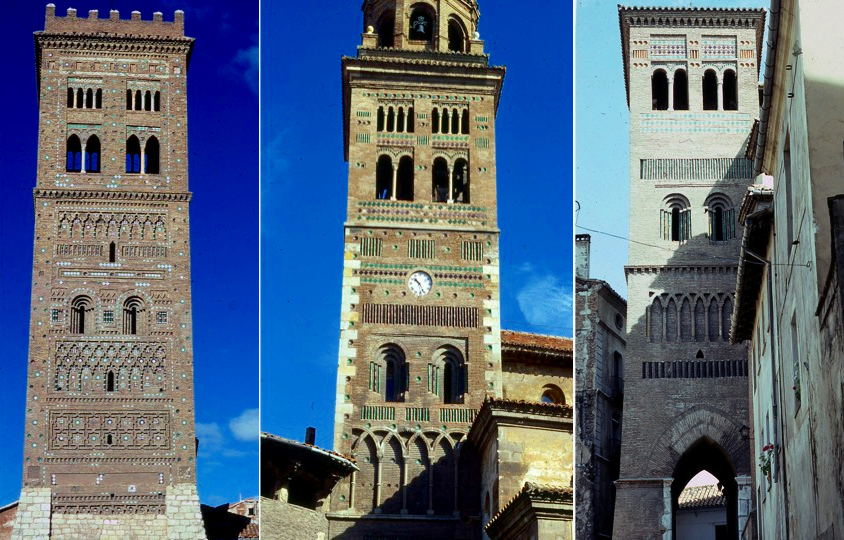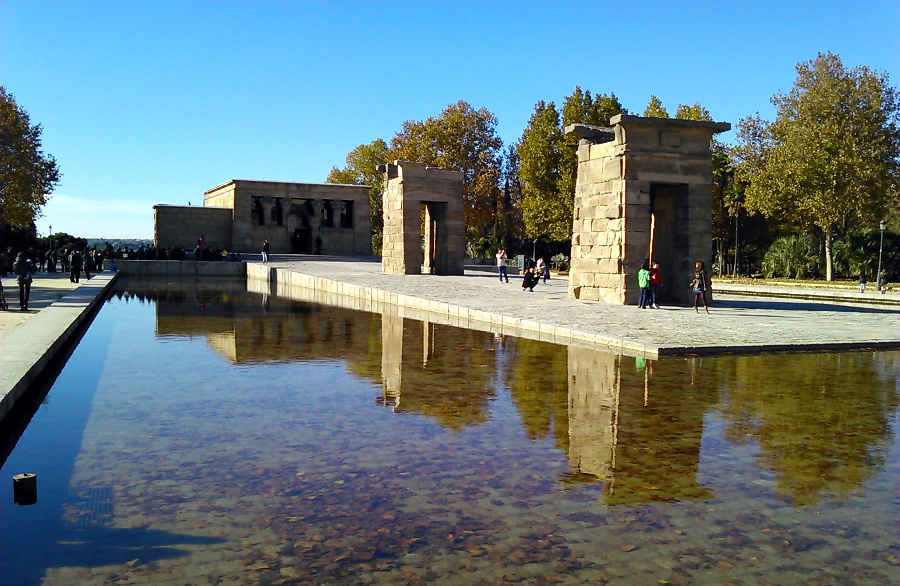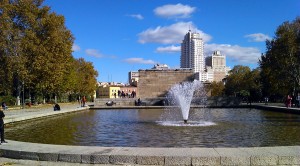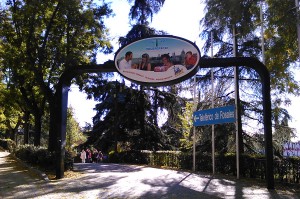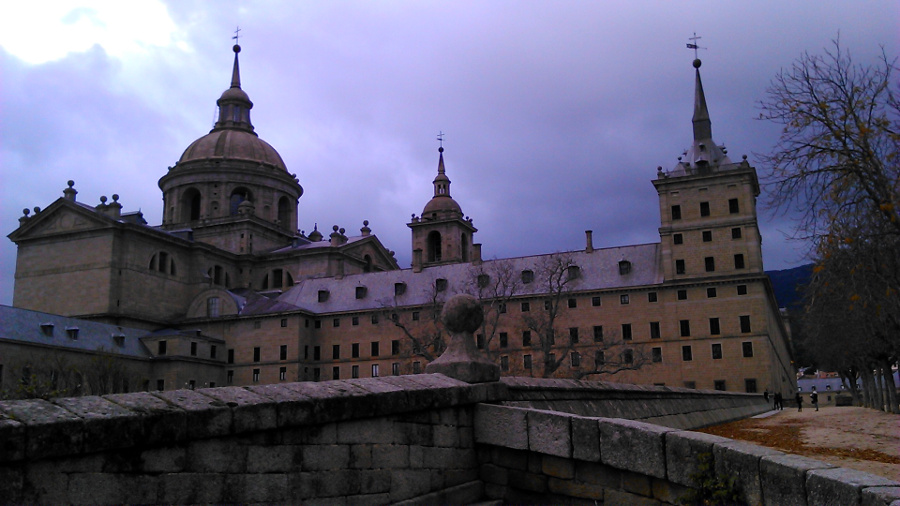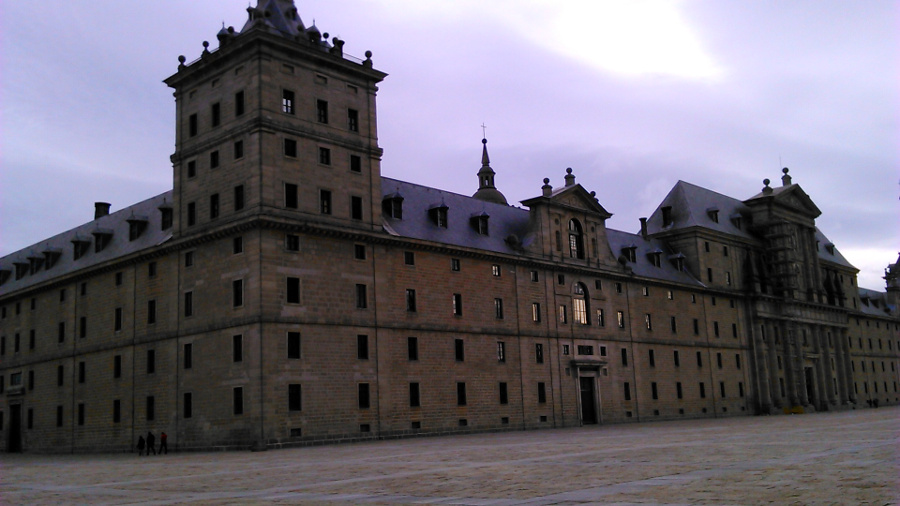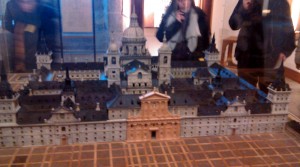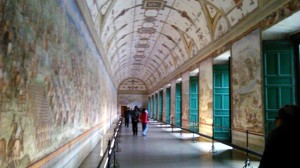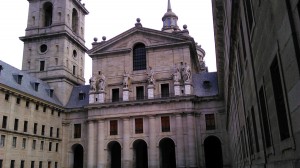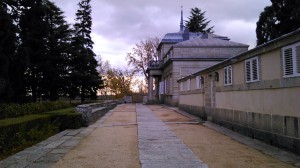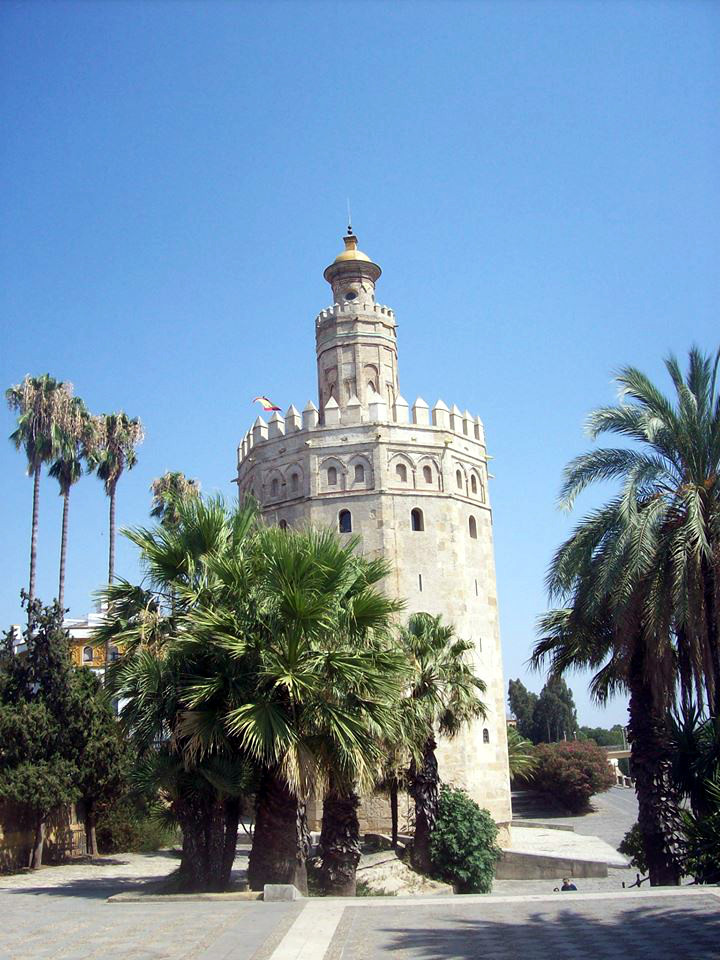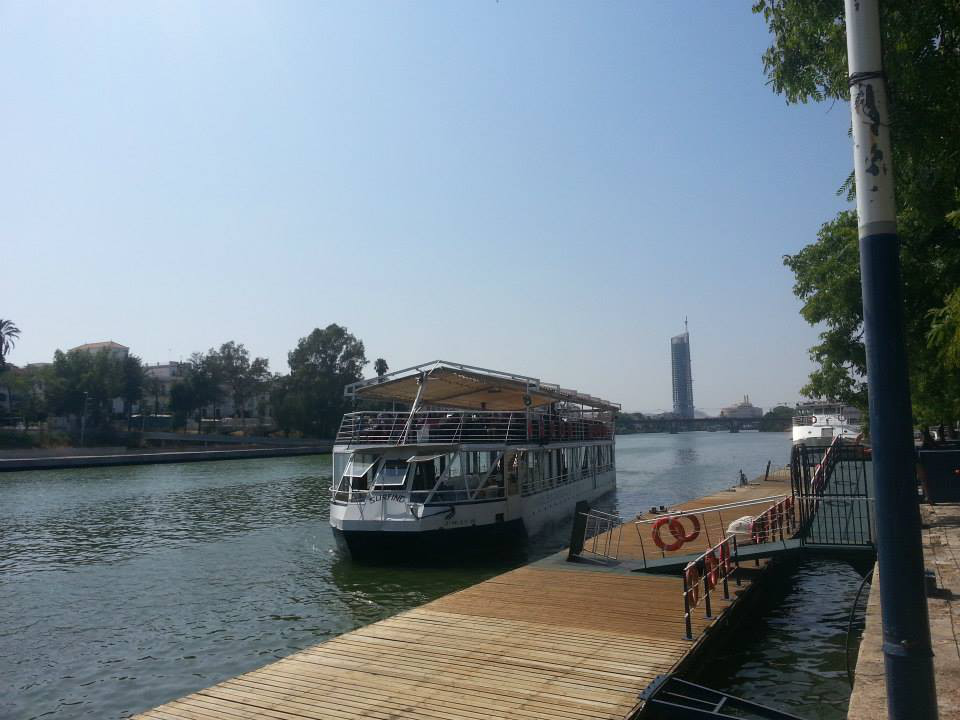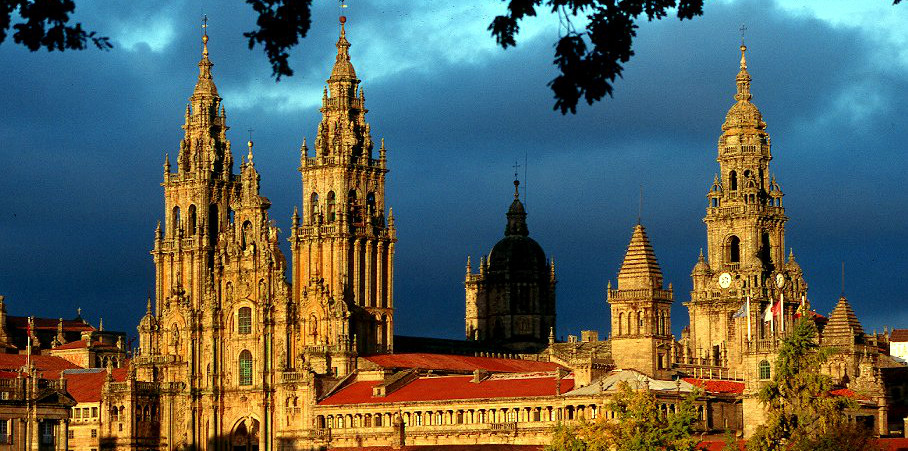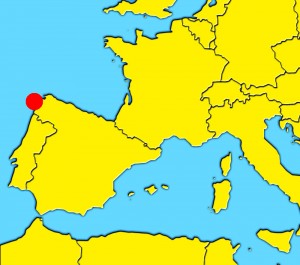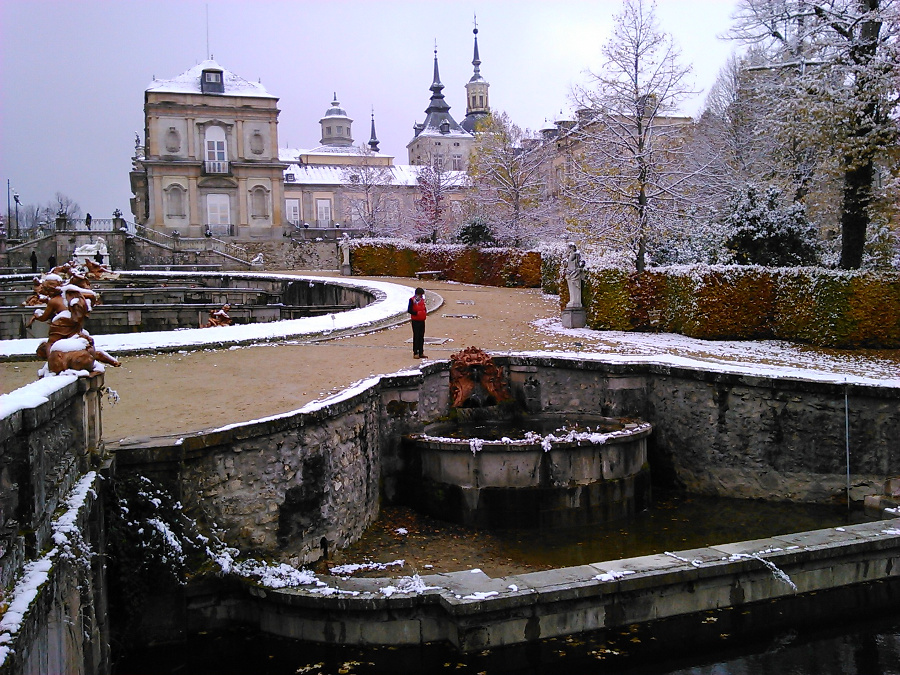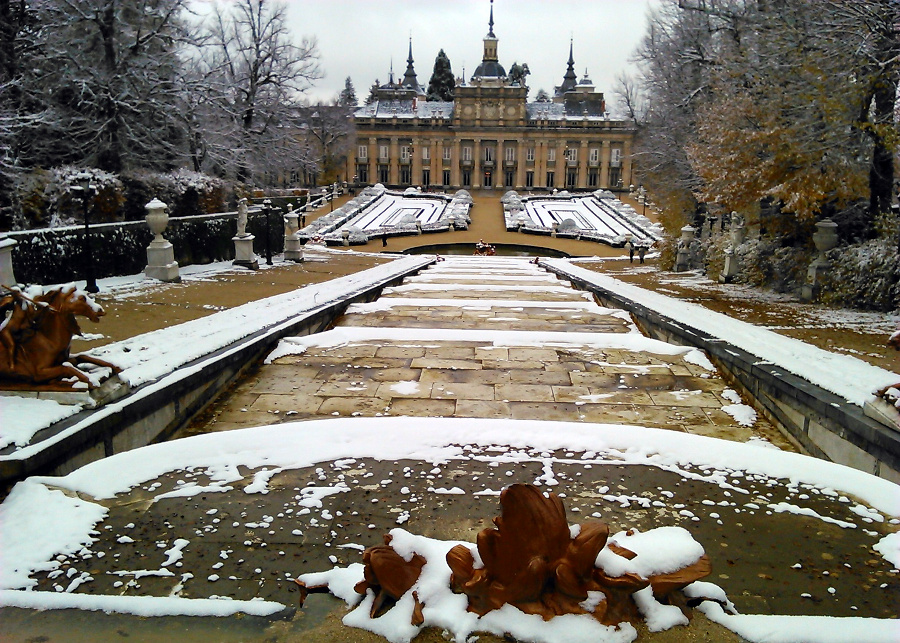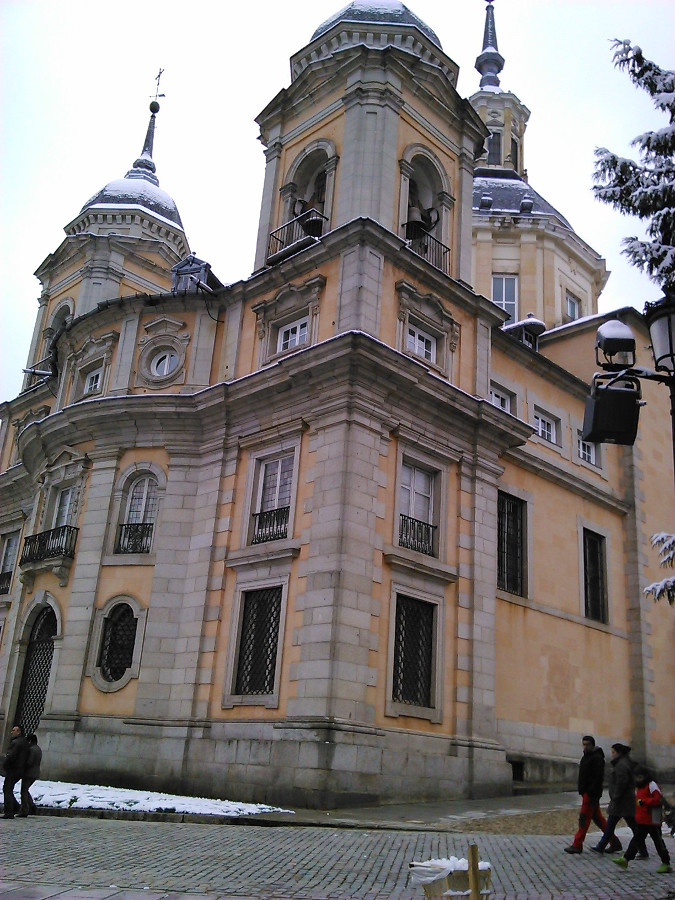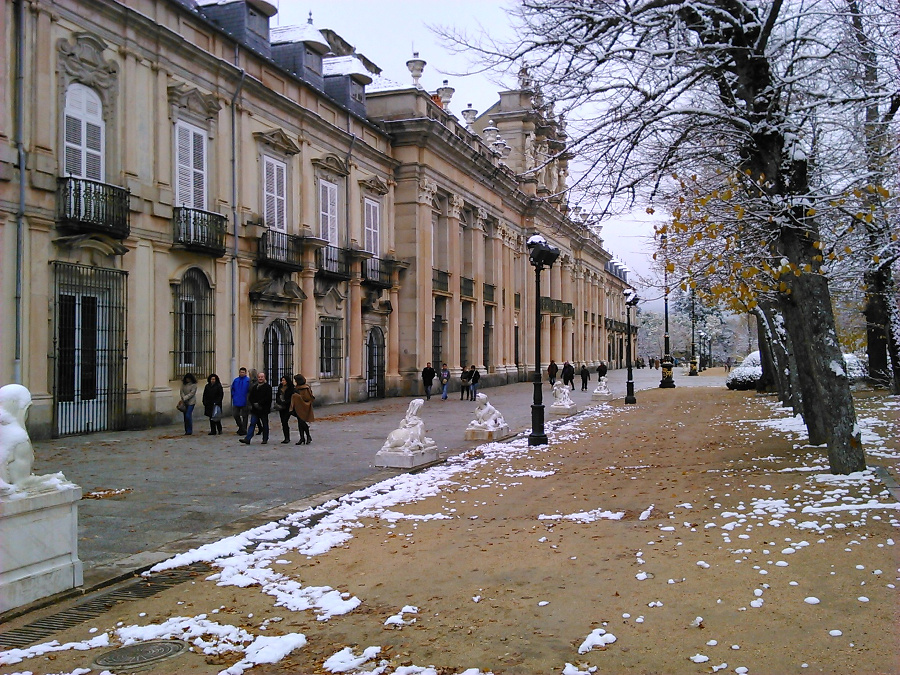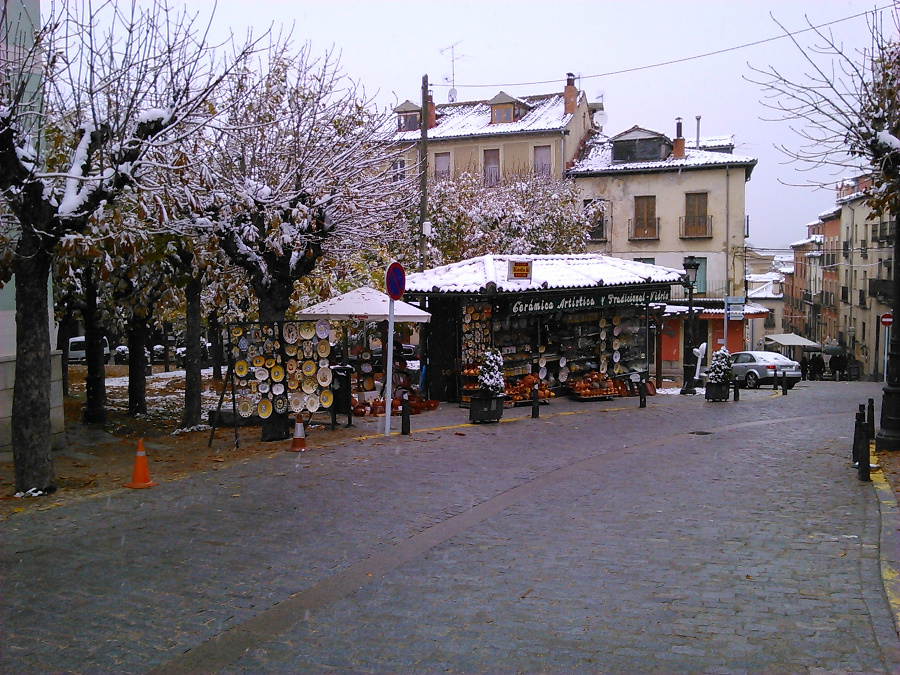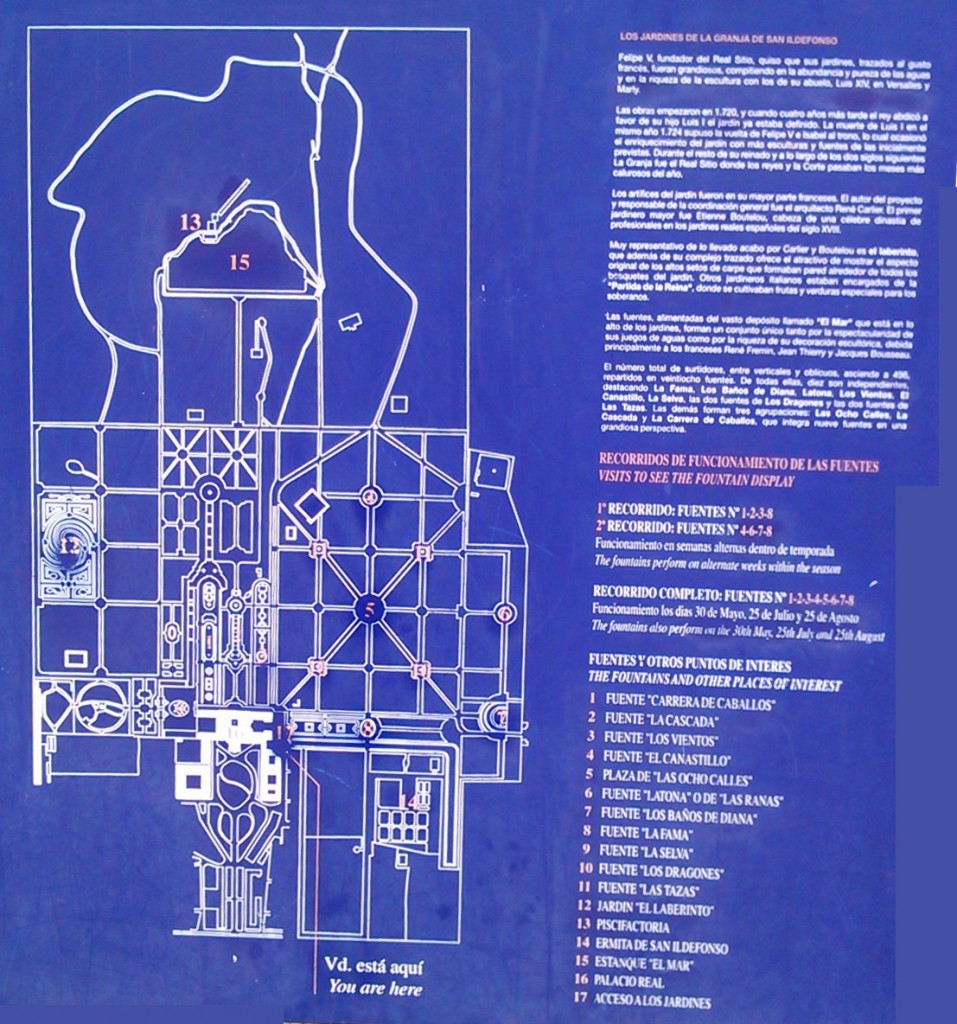Casa Mila (popularly known as La Pedrera) is a unique modernist building located at Paseo de Gracia (Passeig de Gràcia) number 92, Barcelona.
The building was designed by architect Antoni Gaudí and built between 1906 and 1912. Then, in 1984, Casa Mila was declared a World Heritage (UNESCO).
The Mila Family
When in the second part of the nineteenth century El Ensanche disctrict was built in Barcelona, Paseo de Gracia avenue became one of the main streets of the city. Many bourgeois families wanted to live in this area. One of them was the Mila Family that ordered Gaudí to design Casa Mila, whose first floor had to be a place to live , and the rest of them flats to rent to other families.
During its construction and some years later, the building was involved in some controversy. On one hand, its curved and unprecedented design generated discrepancies among the popular opinion about it appearance. On the other hand, also in the construction there were some administrative problems, which were finally solved.
The design of the building
Casa Mila is a modernist building, which has 1835 m2, six levels and two courtyards. Its singular facade and balconies are famous for its curvilinear shape, never seen before in that age.
It is said that Gaudi was a highly chaotic, observant and religious person, so its designs reflect his desires of perfection and a fusion with the nature world.
Nowadays, Casa Mila is one of the most visited monuments in Barcelona. Furthermore, it has been declared a World Heritage Site.
Visiting Casa Mila – La Pedrera
La Pedrera is open to visitors almost every day from 9.00 to 18.00 in winter and from 9.00 to 20.00 in summer. To buy the tickets can cost between 10 and 16€.
To arrive at Casa Mila, take the Metro Lines 3 or 5 (Diagonal metro station).
More monuments designed by Antoni Gaudí
– Church of the Holy Family (La Sagrada Familia): It is a must for tourists that arrive in the Condal City see its outstanding architecture, design and sculptures.
– The Güell Park: People who visit the beautiful Güell Park can enjoy strolling in its area, sitting down on its decorated benches or admiring its fantastic architecture and the perfection the artwork.
More popular places to visit in Barcelona
– Las Ramblas Avenue: Las Ramblas goes from Catalonia Square to the seaport, and it has a lot of cafes, terraces, pubs and discotheques. In the end of the street, there is the Cristobal Colon statue, one of the icons of Barcelona.
– Columbus Monument (Monumento a Colón): One of the most famous statues of Barcelona city. It was built in 1888 for a Universal Exposition and it represents a statue of Christopher Columbus (Cristobal Colon) above a pillar, pointing with his right hand to the sea.
– La Barceloneta beach: In summer, you can sunbathe or swim in the beach of La Barceloneta, which is 5 minutes walking from Las Ramblas – Columbus Statue.

